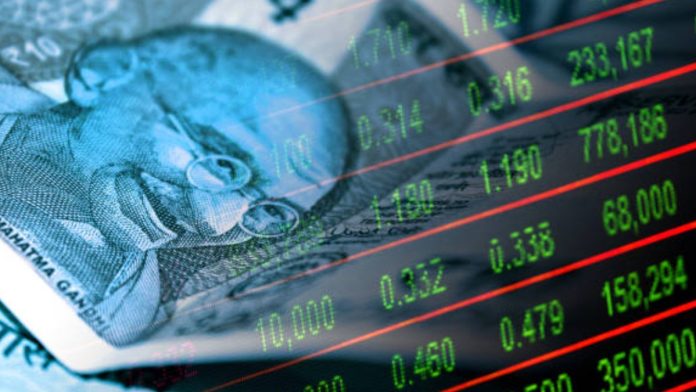With the stock market becoming volatile with a downward bias and guidelines in the derivatives market getting tighter in the next couple of days, the almost-dead dabba trading seems to have got a new lease of life in the past couple of months.
Market experts said that in terms of volumes, dabba trading is likely to have reached a whopping Rs 100 lakh crore per day. Though it is off-market and not part of the futures and options (F&O) segment, its volumes are equivalent to about 20% of the average daily F&O turnover — quite reminiscent of the 1990s and early 2000s when its volumes were almost one third of the overall market trades.
Senior regulatory officials expressed their worries about this rise because it exposes investors to unwarranted risks since the Securities and Exchange Board of India (Sebi) defines it as an illegal and unregulated form of trading in securities that is not executed on any officially recognised stock exchange. So, investors cannot avail any grievance redressal mechanism.
Also ReadWhat are markets watching out for this week? Big cues include elections, FII selling, and global data
However, a dabba trader said many have taken this route due to lower entry barriers. Some of the key reasons are no margin requirements or formal paperwork, lower lot sizes, and no tax or fees. The platform attracts speculators seeking flexibility and anonymity. Sebi’s new F&O guidelines are expected to hit trading volumes by 40%, an exchange source said, “but speculators won’t exactly vanish. Traders are already shifting to dabba trading and other avenues such as commodities and even gaming platforms.”
It’s not that the dangers aren’t well known. Umesh Kedia, director at Kedia Fincorp, said, “If a dabba trader makes heavy losses and disappears, investors have no recourse to get their money, including margin money, wherever they have paid. If the government moderates tax levels on the securities market, like gold and silver, it will help discourage illegal trades.”
“This unregulated environment allows traders to speculate beyond the limits imposed by legitimate exchanges, which further fuels its popularity,” said Sunil Damania, chief investment officer at MojoPMS.
Traders said there are even training softwares available for the dabba market that mirror the official exchange platform. In fact, just googling ‘dabba trading app’ would provide a large number of trading platform links.
» Read More


